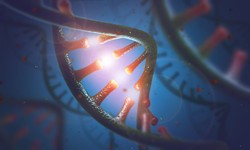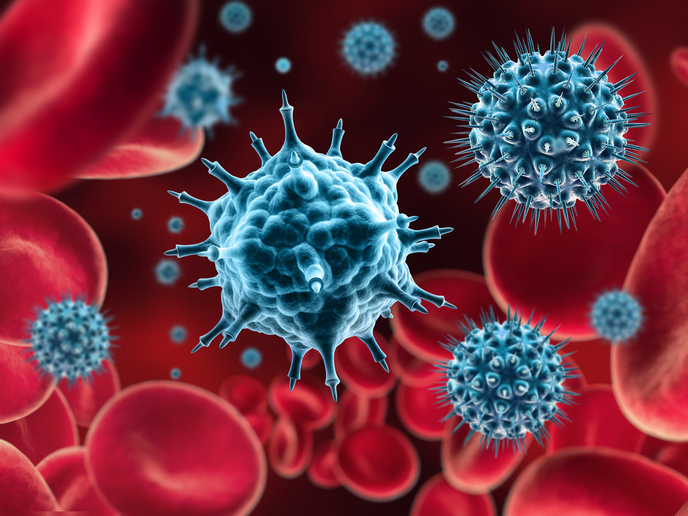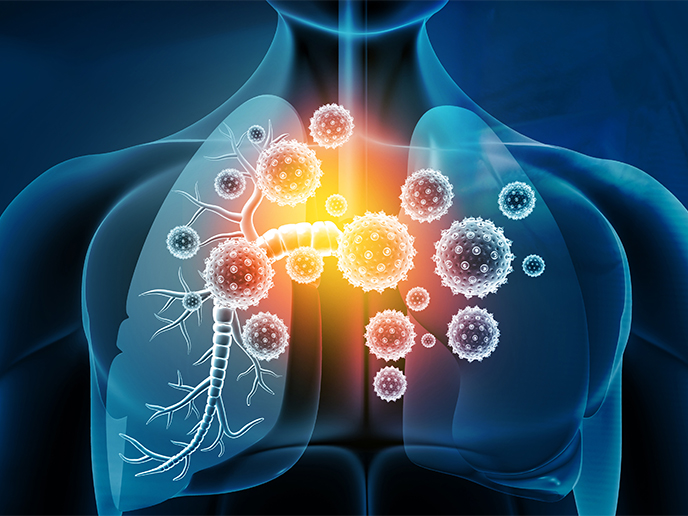An RNA-based toolbox to advance cellular computing
The parallelism between cells and computers is well-known. Cells have their own algorithms, and the field of cellular computing is dedicated to ‘hacking’ these algorithms for various purposes, notably in the field of biology. With the RIBONETS (Programming cellular networks and community behaviour with synthetic RNA-based devices) project, Prof. Ilka Axmann set out to use RNA to perform these hacks. ‘RNA has three major advantages,’ she points out. ‘First, RNA turnover is fast, making it possible to perform efficient computing with RNA networks. Then, RNA folding and RNA-RNA interactions can be well predicted computationally, which means that a wide range of novel devices can be built. Finally, RNA production is energetically cheap, as the host cell is not affected by computing.’ With this in mind, RIBONETS consisted in developing a novel RNA-based toolbox for cellular computing — a prerequisite for new RNA designs in synthetic biology and life sciences. ‘The usage of the RIBONETS toolbox enables the creation of RNA-based sensors and RNA-based devices with efficient regulation of engineered metabolic and signalling pathways,’ Prof. Axmann explains. RIBONETS’s toolbox consists of entirely synthetic RNA switches acting negatively on the expression of a target gene of choice. A flexible nucleic acid sequence design tool, called RNAblueprint, was developed. It features a user-friendly interface, is opensource and can be found on GitHub. Although the project was completed without a specific application in mind, Prof. Axmann highlights its tremendous potential: ‘In the future, RNA-based diagnostics and bio-therapeutics will improve the human condition not only by means of technological applications but also with new therapeutic approaches. Synthetic RNAs and RNA aptamers — presumably in combination with assisting proteins like CRISPRCas9 — have an enormous potential for targeting disease-related genes that so far have been considered impossible to treat. Recent advances in chemistry will allow for direct delivery of synthetic RNA into cells, thereby further increasing their potential for future applications in nucleic-acid therapeutics.’ In the case of biomolecular RNA sensors, Prof. Axmann believes that platforms could be provided to utilise RNA switches allowing for rapid detection of pathogens, similar to the Zika virus biosensor developed by Pardee and Green’s paper ‘Rapid, Low-Cost Detection of Zika Virus Using Programmable Biomolecular Components’. By linking isothermal RNA amplification to toehold switch RNA sensors, the team has been able to detect Zika virus sequences from the plasma of a viremic macaque and demonstrate their specificity against closely related Dengue virus sequences. When such applications can be expected, however, is a different story. ‘From the current status it is difficult to forecast precisely. We need to further improve the regulatory effects of our negatively-acting RNA regulators. Thanks to RIBONETS we are now at a point where all pipelines have been set up and a direct high-throughput screening is now within reach,’ says Prof. Ilka Axmann. Synthetic RNA switches and biosensors designed and implemented by RIBONETS could become available in four to five years. In addition to its toolbox, RIBONETS’ value also lies in the education and training of a new generation of RNA scientists, as well as the bridges having been built between RNA bioinformatics and RNA wet lab biologists. ‘The workshops and symposia we organise are strengthening a lively, interacting RNA research community,’ Prof. Axmann enthuses. Now that the project is completed, the team is already looking forward to continuing their work in RNA research, and more specifically consolidating and exploiting RIBONETS’ RNA toolbox.







